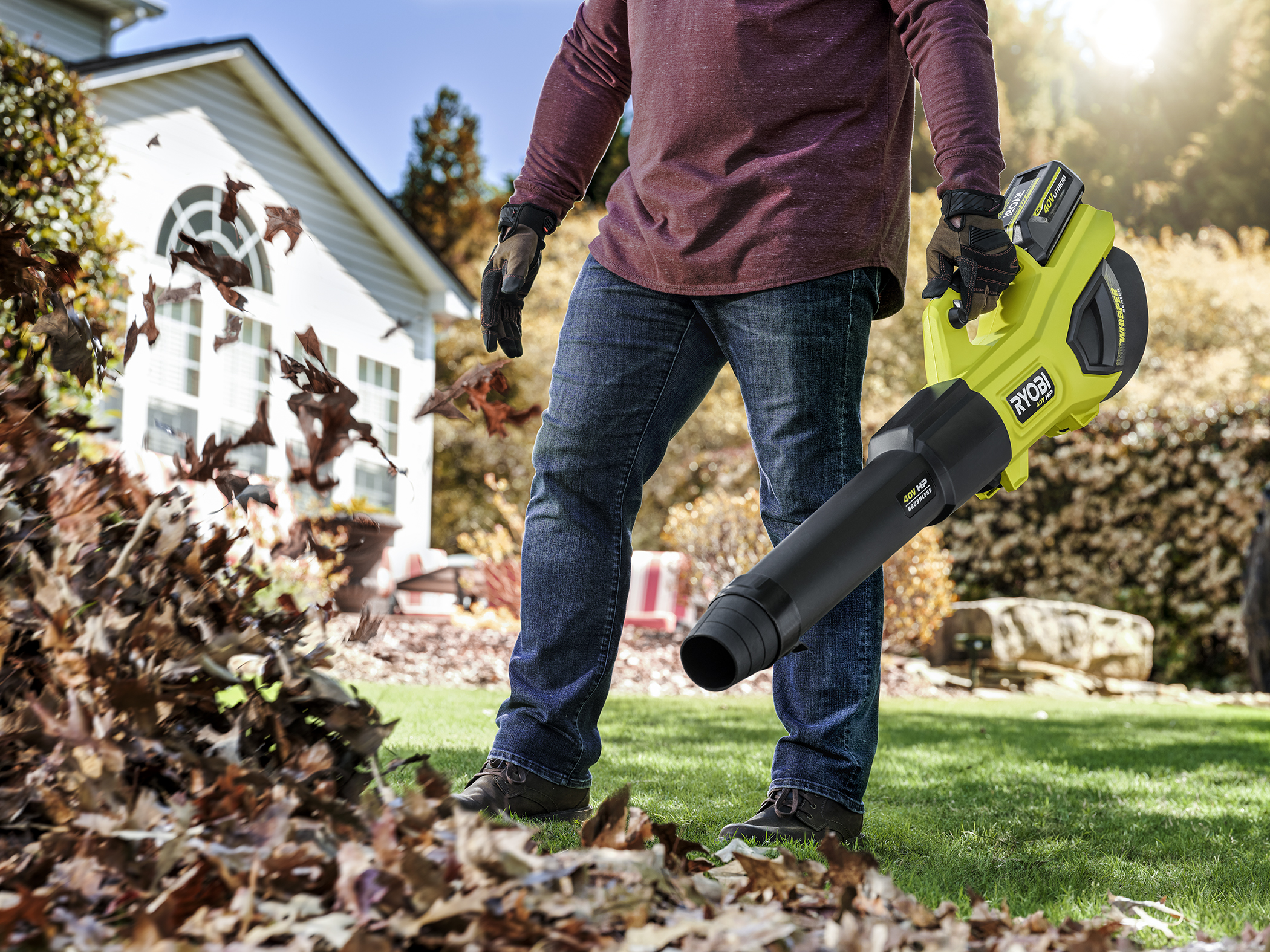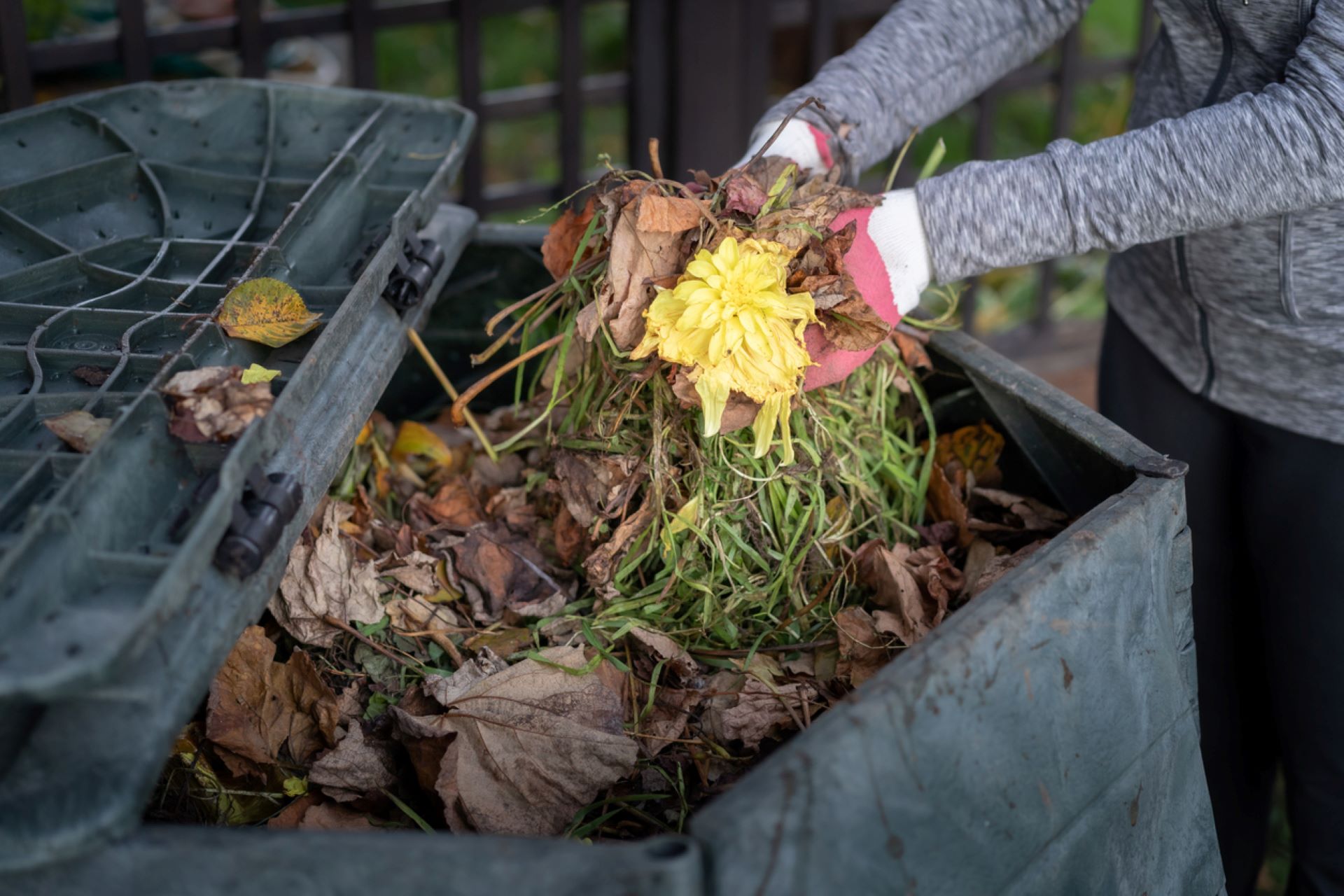Discovering a plant growing behind your electrical outlet may be funny at first, but its implications are more profound.
"I wonder how much of our wall they will have to remove," TikToker Gina (@pocketgina) wondered. Unfortunately, that might be the least of their concerns.
@pocketgina I wonder how much of our wall they will have to remove
♬ original sound - Gina DeVivo
Several commenters on the viral video suggested that the plant growing within the wall was Japanese knotweed, a robust survivor notorious for its stubborn rhizome (root) system. Its ability to exploit the tiniest cracks in concrete to shatter even building foundations is well-documented.
The plant was never identified in the video, and there are other similar possibilities, such as ivy, pothos, philodendron, or Russian vine, the last of which is a close cousin to Japanese knotweed.
TCD Picks » Uplevel Your Yard

Using native species to rewild your garden or going with a natural lawn can decrease the possibility of a Japanese knotweed or other invasion, but it's essential to be mindful of invasive species' potential.
Japanese knotweed thrives in neglected areas, especially close to sources of water, abandoned lots, and roadsides. It's a highly invasive plant and can spread in a variety of conditions. Knotweed is a major concern in the United States because of its aggression and how it reduces biodiversity and alters ecosystems.
Watch now: How bad is a gas stove for your home's indoor air quality?
If you're considering a natural lawn approach or want to start a rewilding project, it pays to monitor your progress regularly. This is especially true if you live in a region where Japanese knotweed — or any other invasive species, for that matter — is prevalent. On the other hand, clover and native plants require less maintenance, lower water bills, and produce beautiful results, including healthier ecosystems for pollinators.
Fortunately, the National Invasive Species Information Center is a contact point if you suspect an invasive species in your area or near your home. The site offers resources for identifying, reporting, and managing invasive species.
Tackling a Japanese knotweed invasion is a tough task, as those familiar with it pointed out in the comments. "Yeah, round up won't cut it," one person said. "I had Japanese knotweed and found out it can regenerate itself with only 1cm of root and can root through foundations."
Someone else was more hopeful, writing: "Check with your local Noxious Weed board. In some places you can borrow the supplies needed."
TCD Picks » Quince Spotlight

|
Should we be actively working to kill invasive species? Click your choice to see results and speak your mind. |
Join our free newsletter for easy tips to save more and waste less, and don't miss this cool list of easy ways to help yourself while helping the planet.





















